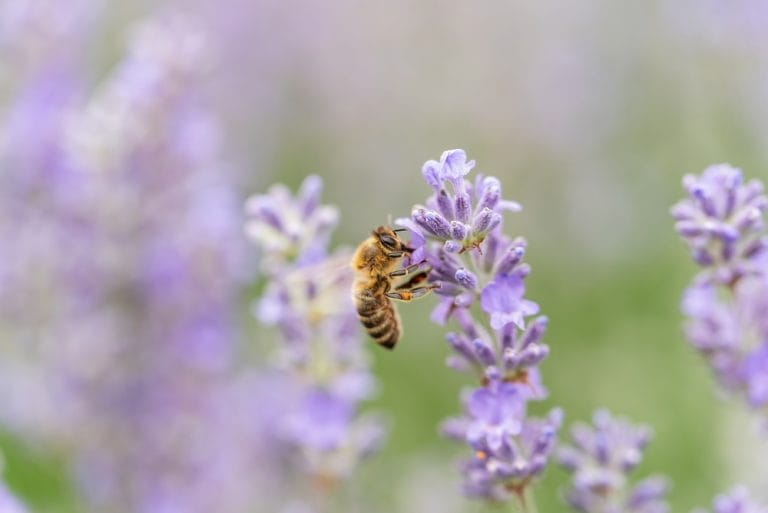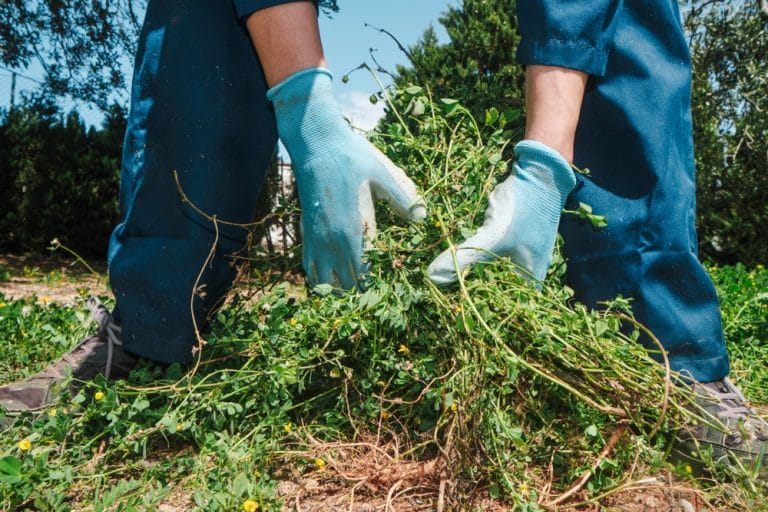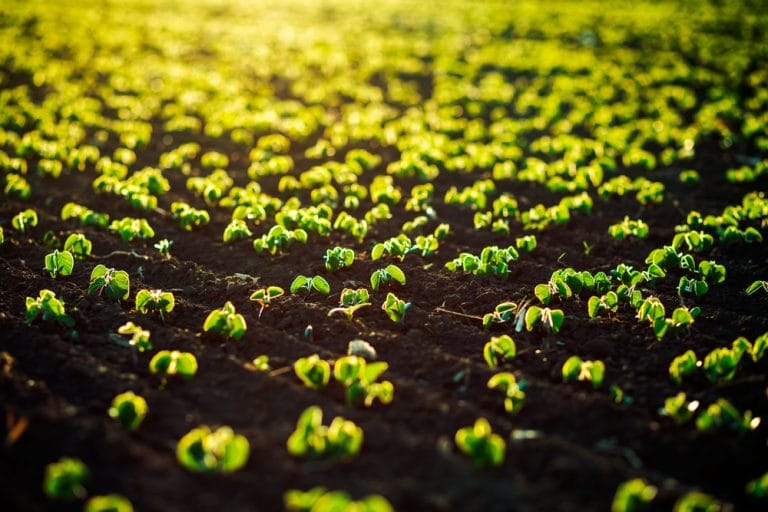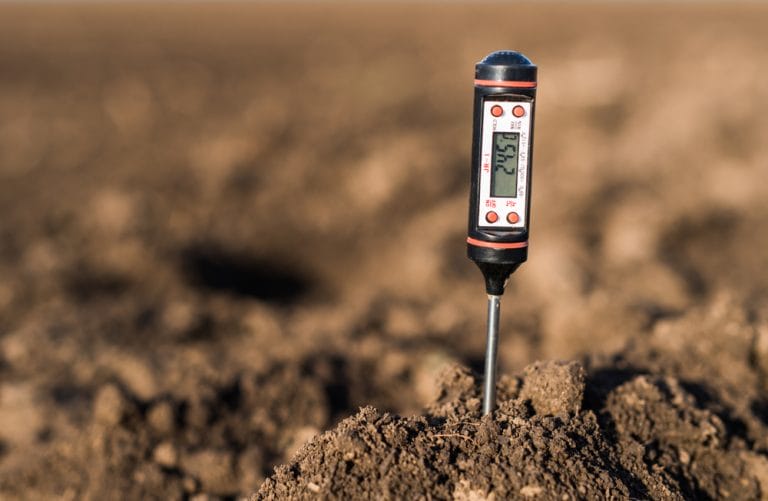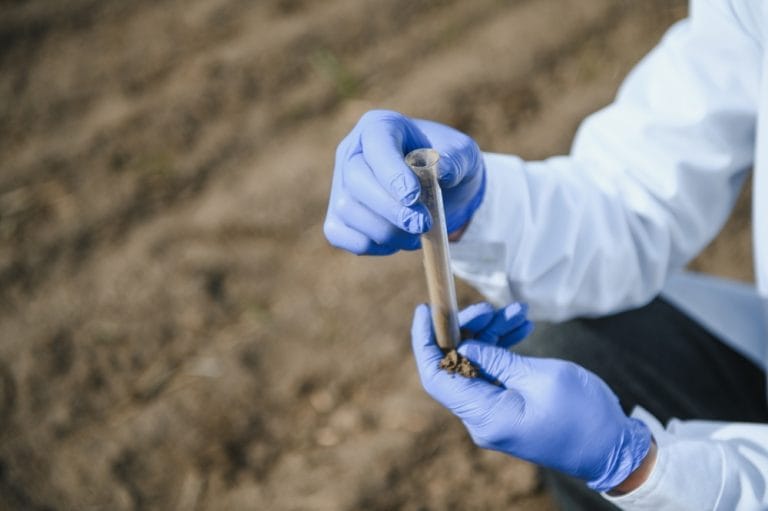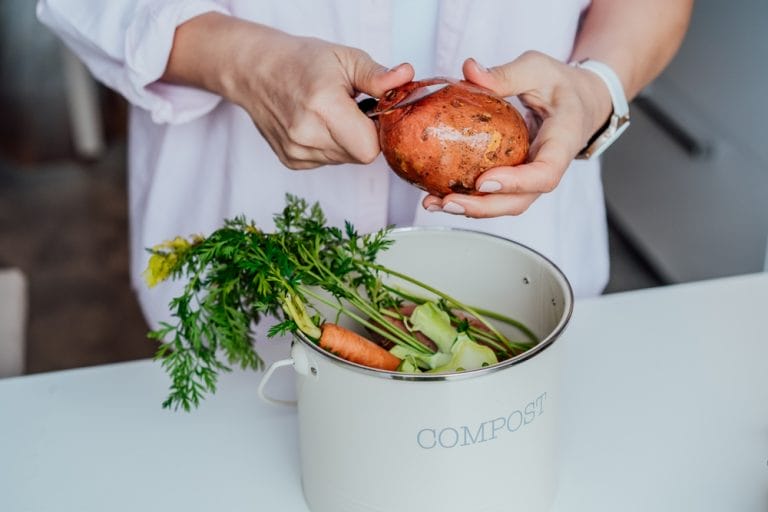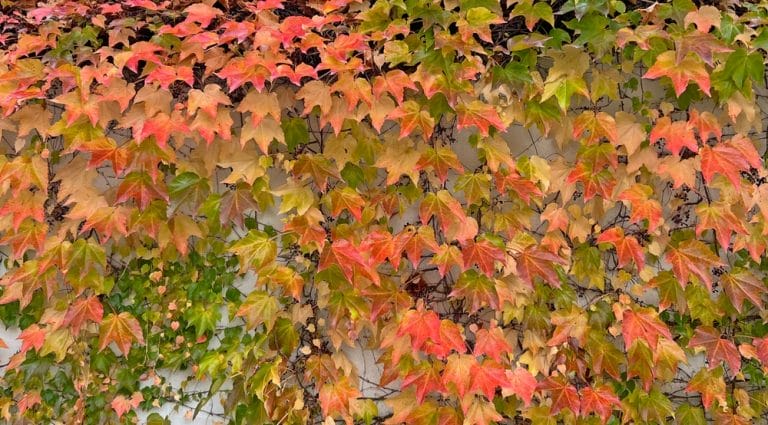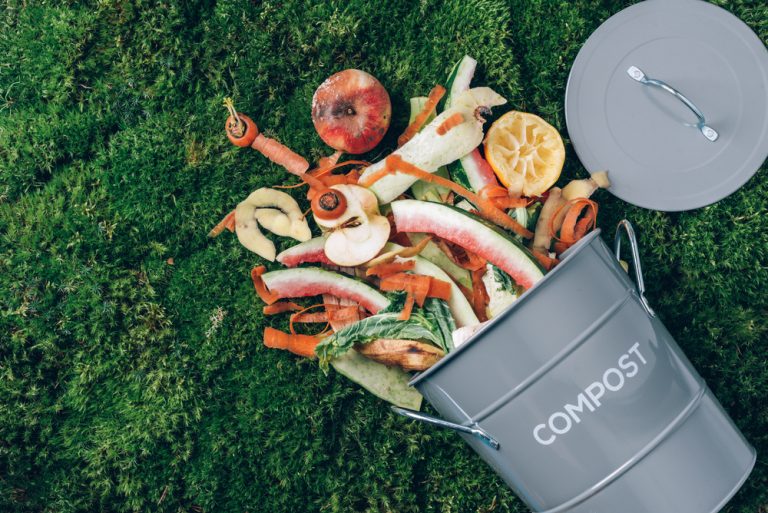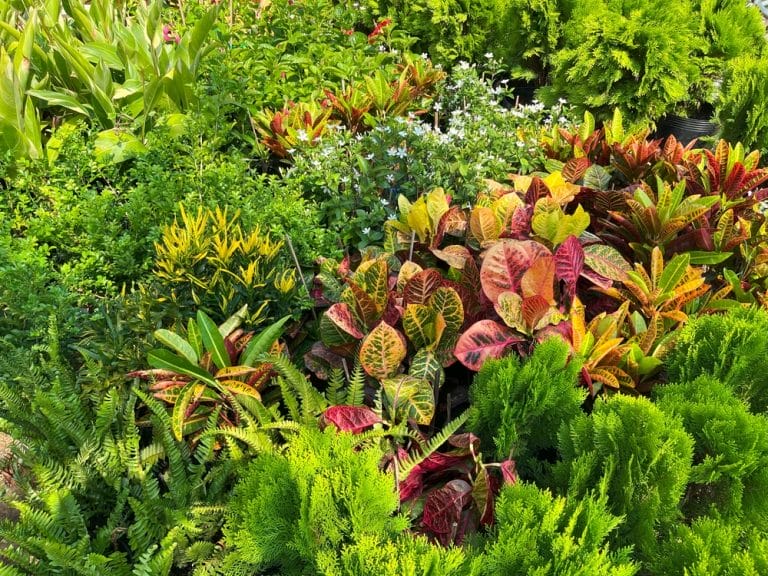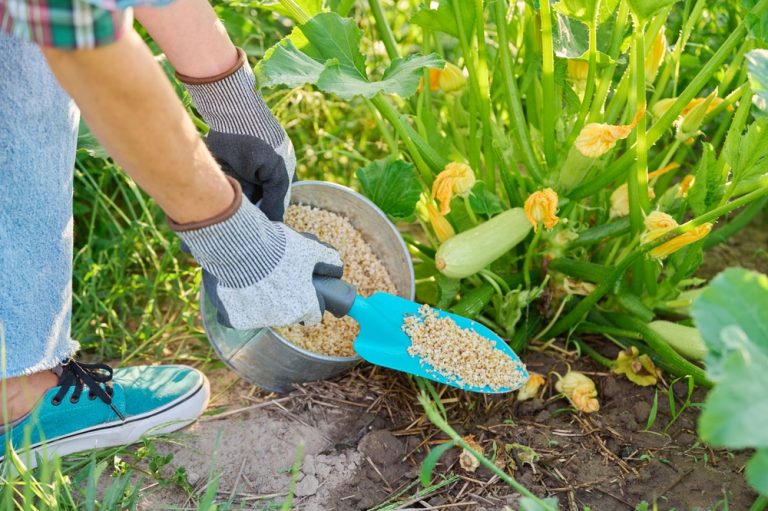There’s something magical about stepping outside on a crisp morning and realizing the world is still humming—literally—with tiny winged workers who haven’t punched out for the season. Contrary to the tidy instincts that kick in when the weather cools, this is not the moment to wage war on your yard with pruning shears and leaf…
fall garden
The One Weed You Should Never Ignore in November
There’s a special kind of chaos that arrives in late fall—the holiday prep, the colder mornings, the frantic search for gloves you definitely owned last year. But lurking beneath all of that seasonal buzz is something far sneakier, something far more persistent, and something that absolutely thrives when everything else in your yard is slowing…
Why Seedlings Fail in Late Plantings
There’s a certain kind of optimism that hits when you drop seeds into soil later in the season—like you’re beating the system, sneaking in one last chance at garden glory. The sun is warm, the days still feel long, and the soil practically whispers, “Go ahead, plant something.” But then, within weeks, that hope turns…
Why Gardeners Should Track Soil Temps in Autumn
The crisp air, the slow fade of summer flowers, and the delicious anticipation of cooler-weather crops – is there anything like fall? While most gardeners obsess over frost dates, mulch thickness, and whether their pumpkins will ripen in time for Halloween, one crucial detail often gets ignored: soil temperature. Yes, the dirt beneath your feet…
7 Soil Tests That Give the Best Results in Fall
As the leaves turn gold and the air starts carrying that crisp autumn scent, gardeners everywhere start thinking about how to prep their soil for the months ahead. Fall isn’t just a time for pumpkin spice lattes—it’s one of the best times to understand what’s happening underground. After the heat of summer, the soil has…
6 Kitchen Scraps That Enrich Soil Best in Autumn
Autumn is the season when nature starts composting all on its own—leaves tumble, branches dry out, and the soil basically throws a “Let’s Get Rich” party underground. While most people are sipping pumpkin lattes and pulling out sweaters, gardeners know this is prime time to boost soil health. And guess what? Some of the best…
Why Plant Dormancy Is Triggered in Autumn
Those moments when you feel fall is coming are truly special. The air sharpens, the shadows stretch, and trees seem to “yawn” as they pull back their energy and prepare for a seasonal nap. While most people focus on apple cider and cozy sweaters, plants are getting down to serious business: shutting themselves down with…
8 Compost Additives Perfect for Fall Breakdowns
Autumn has a way of turning even the most hesitant gardener into a compost enthusiast. The air cools, the leaves drop, and suddenly every twig, scrap, and leftover apple core starts whispering, “Throw me in the pile.” Fall is the season when compost bins work overtime, breaking down mountains of organic material into rich, dark,…
How Groundcovers Protect Soil Through Autumn
The moment the first cool breeze sweeps through your yard, something magical starts happening in the garden. Plants shift gears, colors deepen, and hidden changes unfold beneath the surface—especially where groundcovers are hard at work. While most gardeners focus on the showy trees or late-season blooms, the real unsung heroes of autumn soil protection are…
Why Over-Fertilizing Kills More Plants in Fall
Fall is supposed to be the season of slow, cozy growth—leaves turning golden, temperatures cooling, and gardeners finally catching a breath after a busy summer. Yet somehow, many plants don’t make it to winter. The culprit isn’t frost, pests, or drought—it’s over-fertilization, a sneaky habit that often masquerades as care. Gardeners think they’re helping, but…
